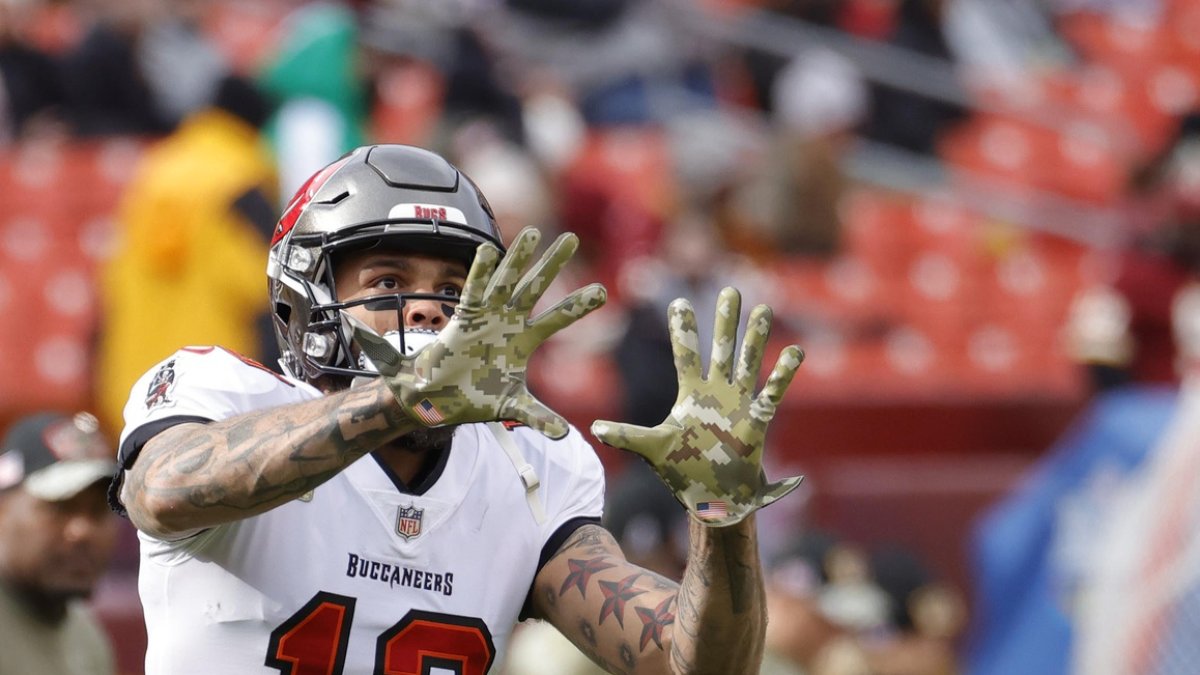PFF filled a huge hole in its data-collection process in 2019. Since 2006, we have graded each player on every play, but one grade per play is obviously not enough to understand what a player did — especially for receivers and coverage defenders — because the matchup on the perimeter is dependent on three phases:
- The route-running phase: The receiver tries to generate separation and the defender tries to prevent it.
Then, if a target happens, we have two more phases:
- The catch-point phase at ball arrival: Does the target end in a completion, incompletion or interception?
- The phase after the catch: If a catch happened, how many yards can the receiver generate after the catch?
A single PFF grade for a receiver (and for a coverage player) came with the issue that a positive receiving grade mostly meant that a target happened and that the second and third phases ended positively for the offense, but it wasn’t clear where exactly the success stemmed from.
If a receiver generates five yards of separation against single-man coverage in the end zone and catches an accurate pass, he did his work in the first phase, with the second phase being expected to work well and the third phase not even existing.
If a receiver catches a jump-ball in tight coverage at the sideline and drags his toes before going out of bounds, he didn’t necessarily do great in the first phase, but he excelled in the second phase and the third case, of course, went as expected.
If a receiver catches a screen, shakes off a would-be tackler and outruns every other defender for a touchdown, he did nothing special in the first and second phases, but the third phase was excellent.
Naturally, most plays in the NFL are a mixture of these three extreme examples, and PFF's receiving grades didn’t really allow us to analyze how each phase contributes to this mixture.
Another issue was that a play grade of a targeted receiver (for which the second and third phases go into the grading) and non-targeted receiver (for which these phases don’t exist) couldn’t be directly compared to each other, because they didn’t grade the same thing.
The solution to all of this is charting a receiving and coverage grade that looks only at the route-running phase, regardless of whether a target occurred. This is exactly what PFF has been doing since 2019. And with three years of data now, it’s finally a good time to leverage it.
The advantages of this data are obvious and multitudinous:
- Other than how long a quarterback holds the ball on a given play, the route-running and route coverage grades are completely independent of the quarterback. We can disentangle the dependency with time to throw, as we will briefly demonstrate later.
- In particular, they are mostly independent of the play result (i.e., the quarterback’s decision and the quarterback’s execution). This is an important feature that wasn’t true for PFF's standard receiving and coverage grades. Receiving and coverage grades were more dependent on the play result than pass-blocking and pass-rushing grades. This led to the first iteration of the pass rush versus coverage debate. Now that we PFF's grades let us understand the coverage versus receiving matchup better, we can revisit this debate once again.
- It allows us to divide the ability of both skill position players and coverage players into the route-running phase, the catch point phase and the after-the-catch phase.
In this article, we want to investigate the route-running and route coverage grades, study whether they are useful and discover what we can learn from them. In a follow-up article in the near future, we will attempt to divide the receiving versus coverage matchup into the three phases as described above.
Our data set consists of all routes for which a primary coverage player (and potentially another coverage player) is charted (94% of all routes) and which don’t belong in the category “Lets Up” (84% of all routes with a primary coverage player belong in this category). The latter is used for routes on which we can’t chart anything actionable because the route is never really run after a player took a play fake, executed a chip block or was only a decoy to draw a coverage player against him (think Drew Brees lining up outside as a receiver when Taysom Hill took snaps at quarterback). This designation is also used when the route is never really run because the coverage player and/or the receiver already saw the quarterback throwing the ball elsewhere and subsequently let up (hence the name of the category). Screen passes are a prominent example of this.
At the end, 78% of all routes come with a charted primary coverage player and “something actionable to chart” (i.e., a meaningful route-running grade). That’s a pretty good sample size of 245,000 routes over the course of three NFL seasons.
Exclusive content for premium subscribers

WANT TO KEEP READING?
Dominate Fantasy Football & Betting with AI-Powered Data & Tools Trusted By All 32 Teams
Already have a subscription? Log in



 © 2025 PFF - all rights reserved.
© 2025 PFF - all rights reserved.